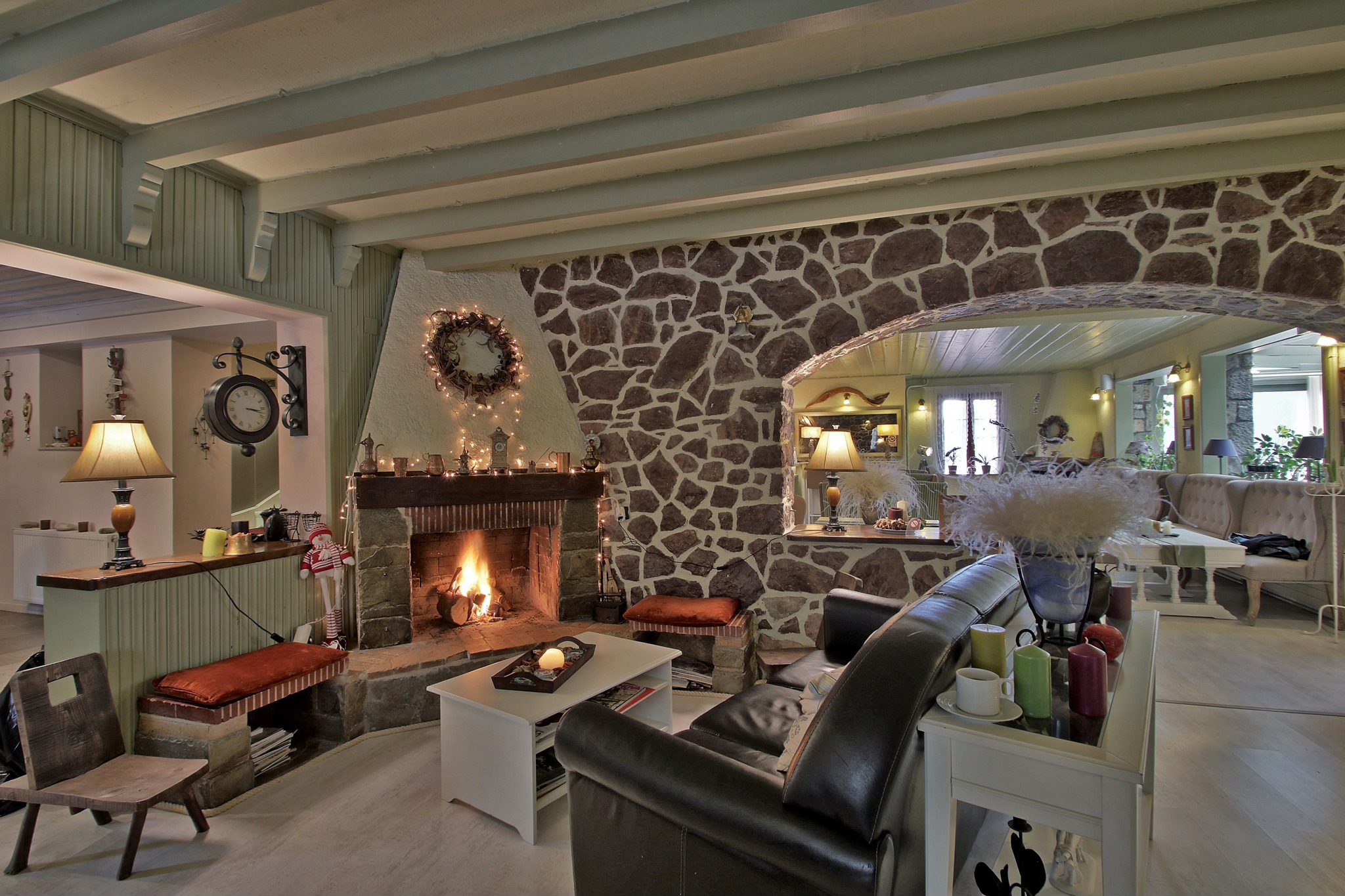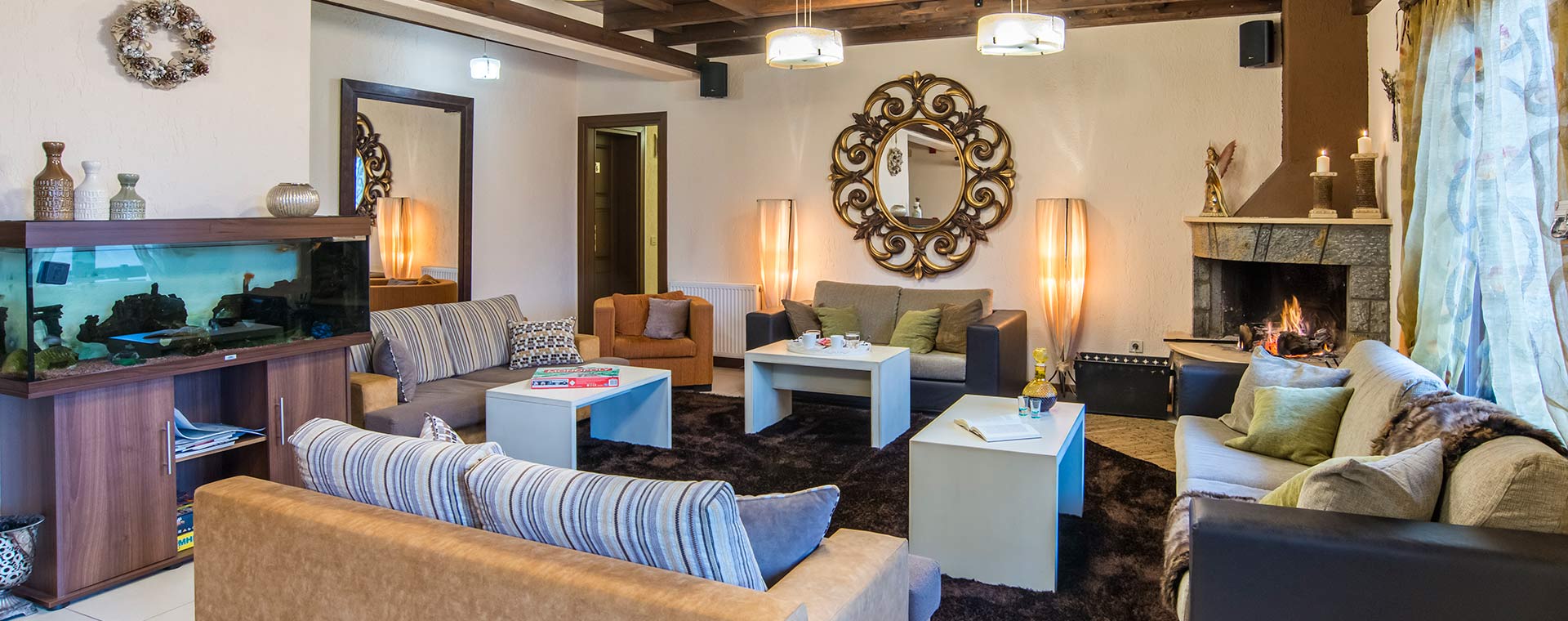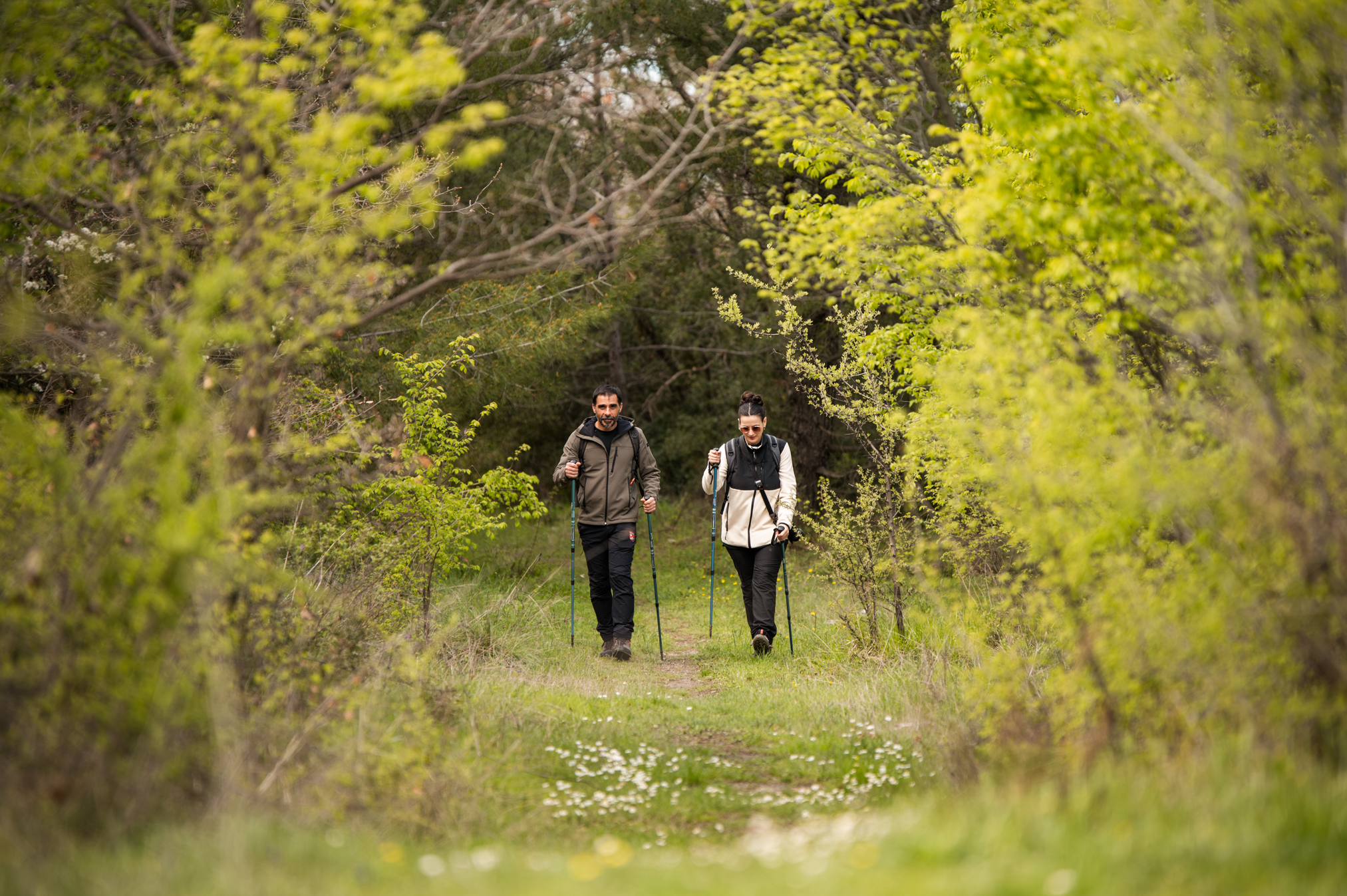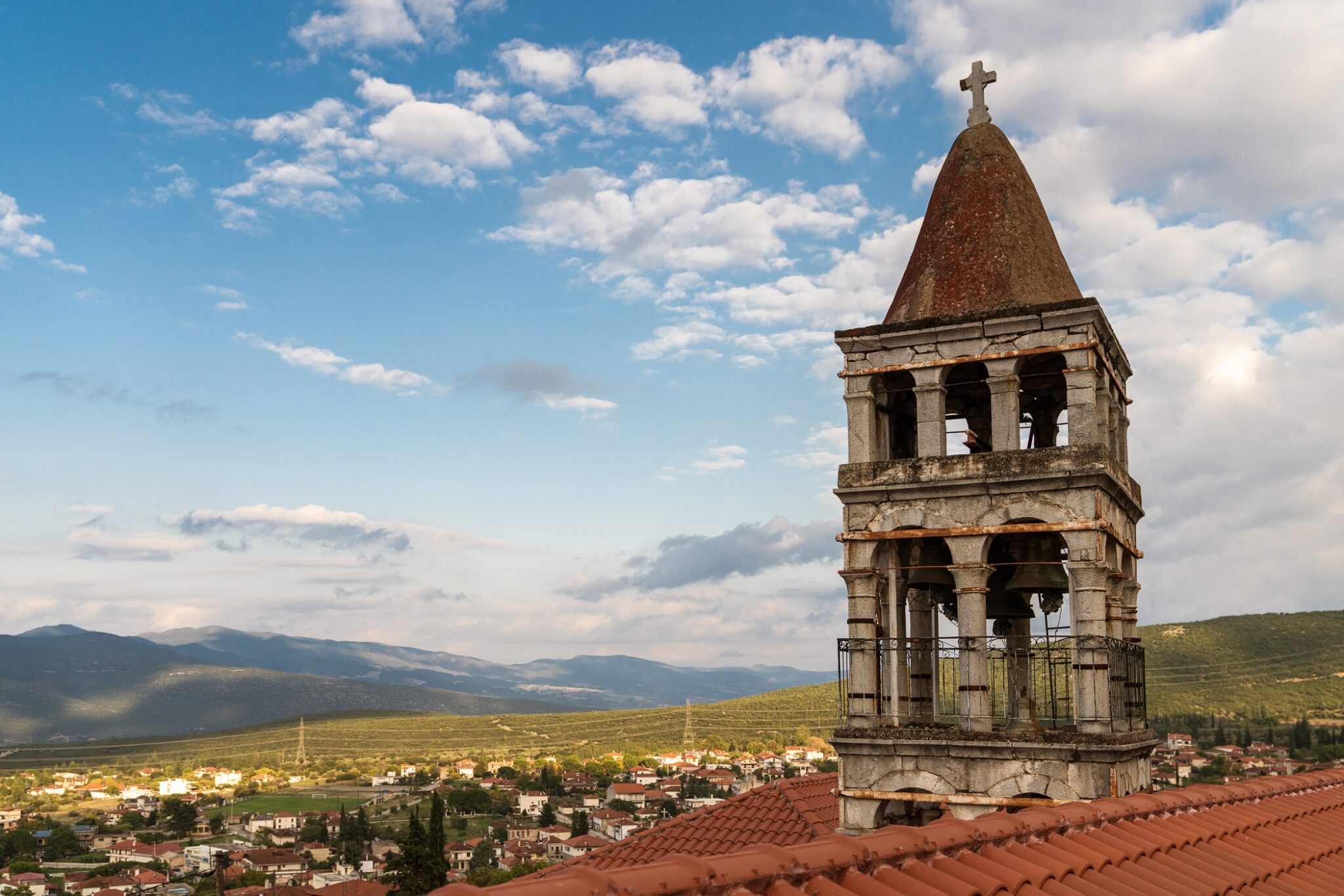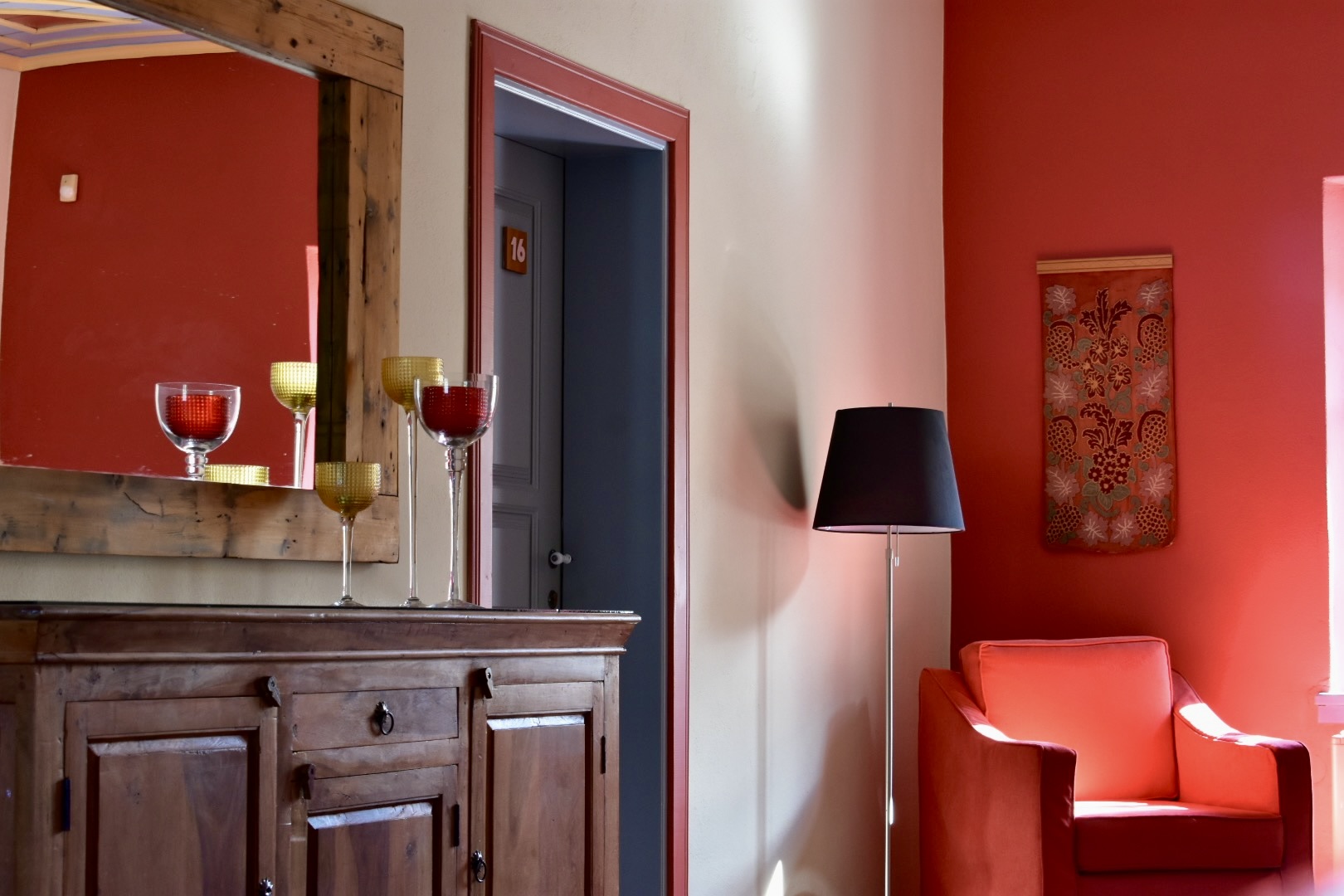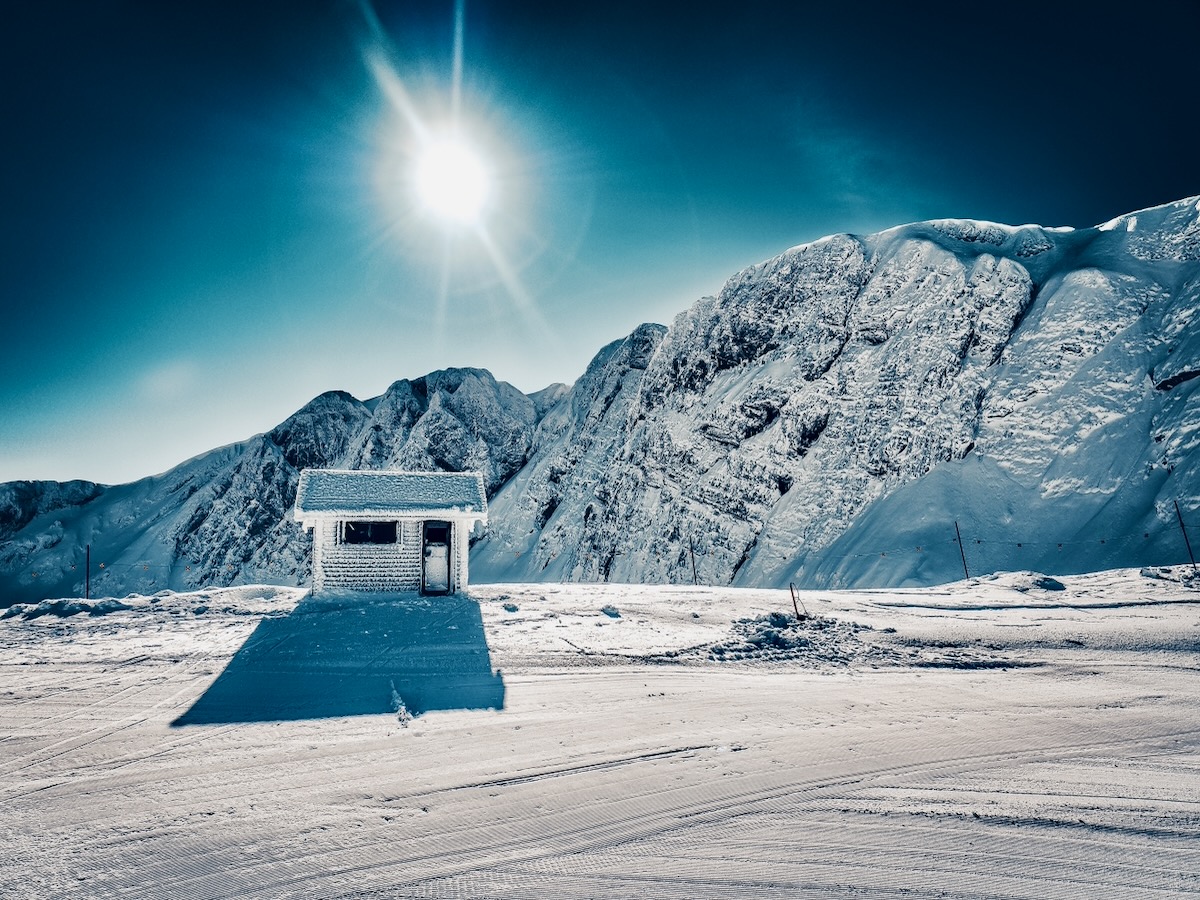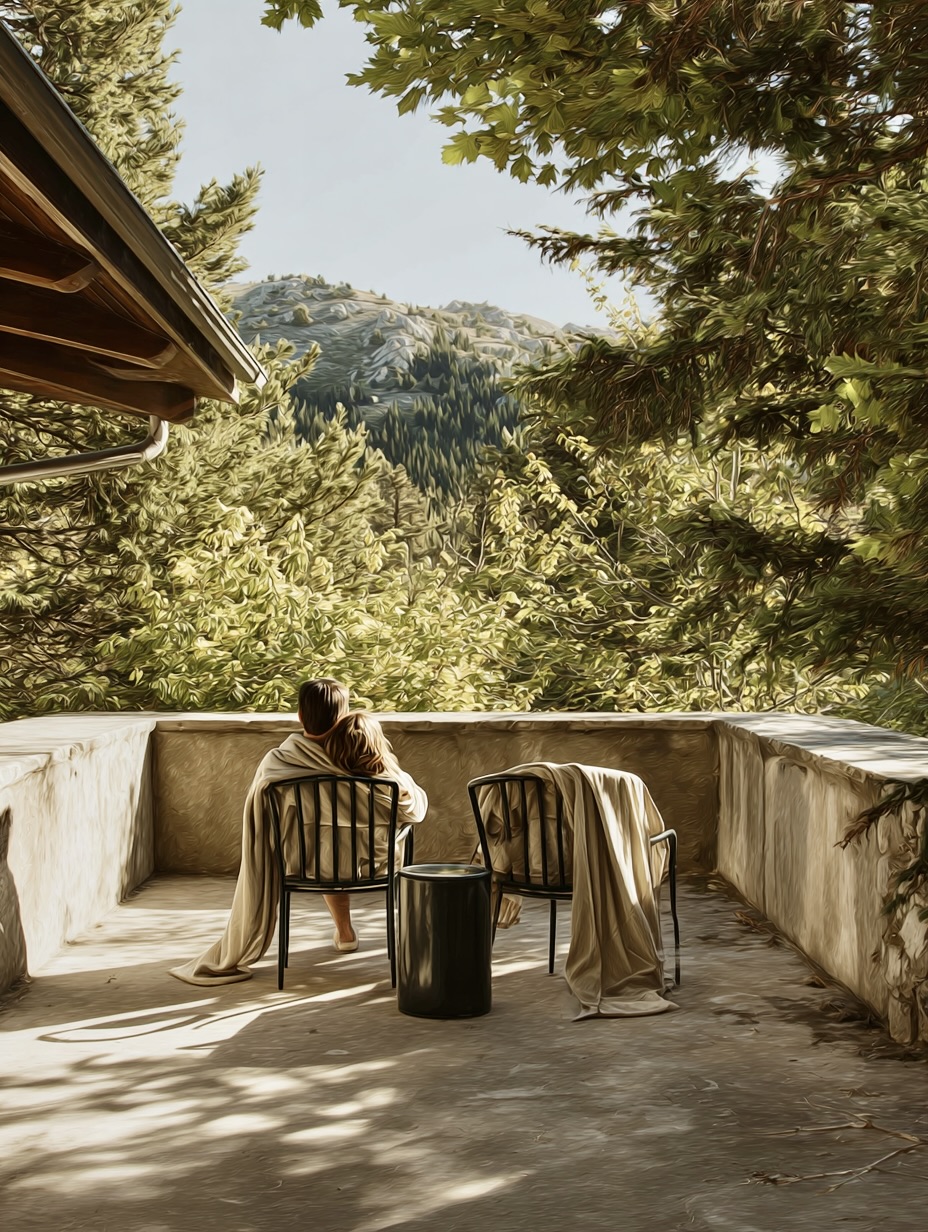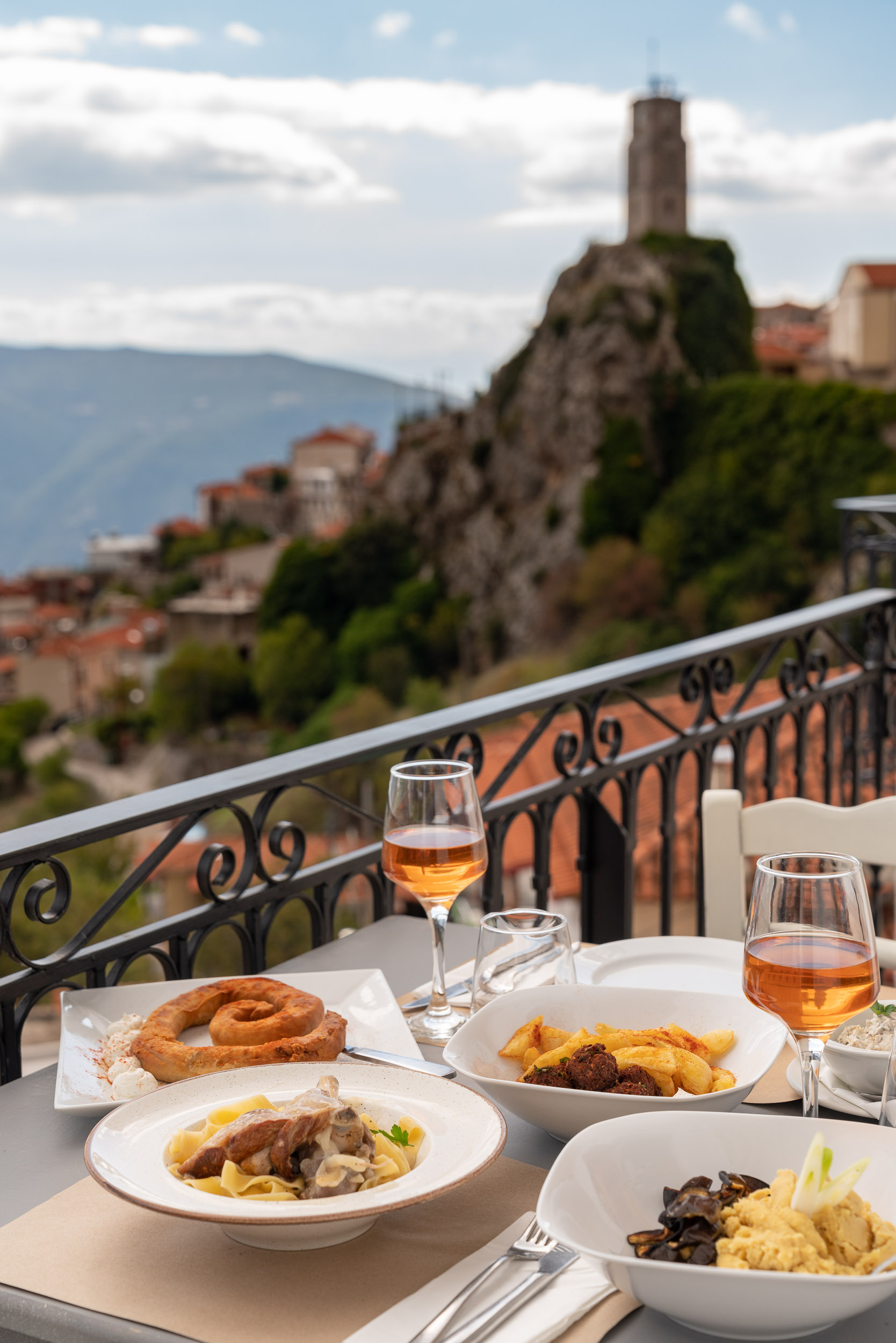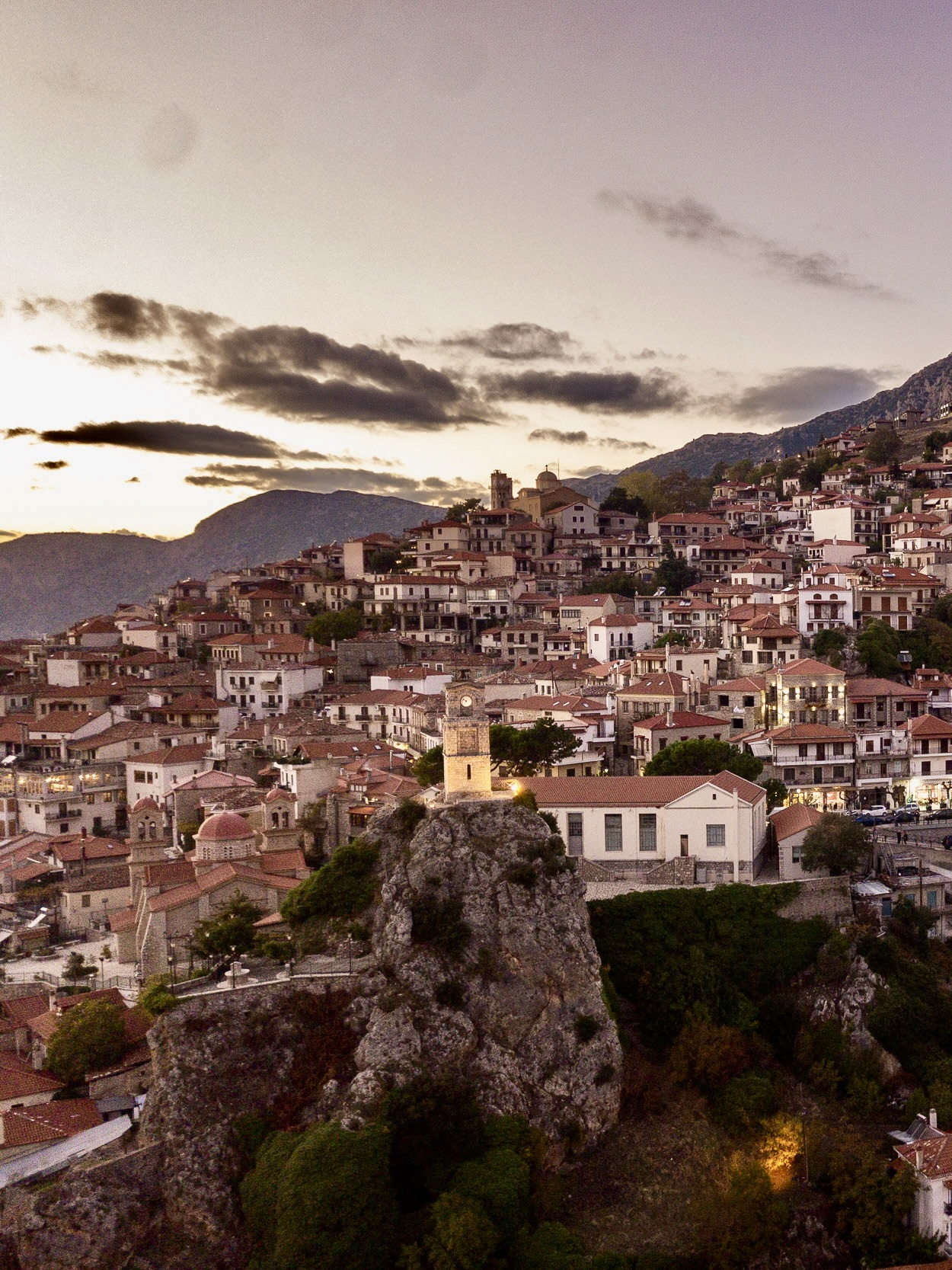Mount Parnassos in early December smells like woodsmoke and wet stone. The ski season is flirting with opening day, and the mountain already looks winter‑ready: frost on roof tiles, mist snagged in the firs, fireplace smoke tracing the contours of the villages. When Athenians talk about “going to Parnassos,” they’re almost always talking about a triangle of villages – Arachova, Agoriani (Eptalofos), and Amfikleia – stone-built and light-strung, folded into the mountain’s southern and northern slopes.
It’s also the obvious thing left unsaid in most conversations: this is Greece’s de facto high‑end winter resort area, the place where fur collides with fleece, and chalet aesthetics have been quietly translated into a Greek vernacular of slate roofs, heavy wool, and very good food. Arachova delivers the full scene – late‑night bars, serious shopping, well‑curated guesthouses – while Agoriani and Amfikleia offer softer, more inward-looking versions of the same weekend.

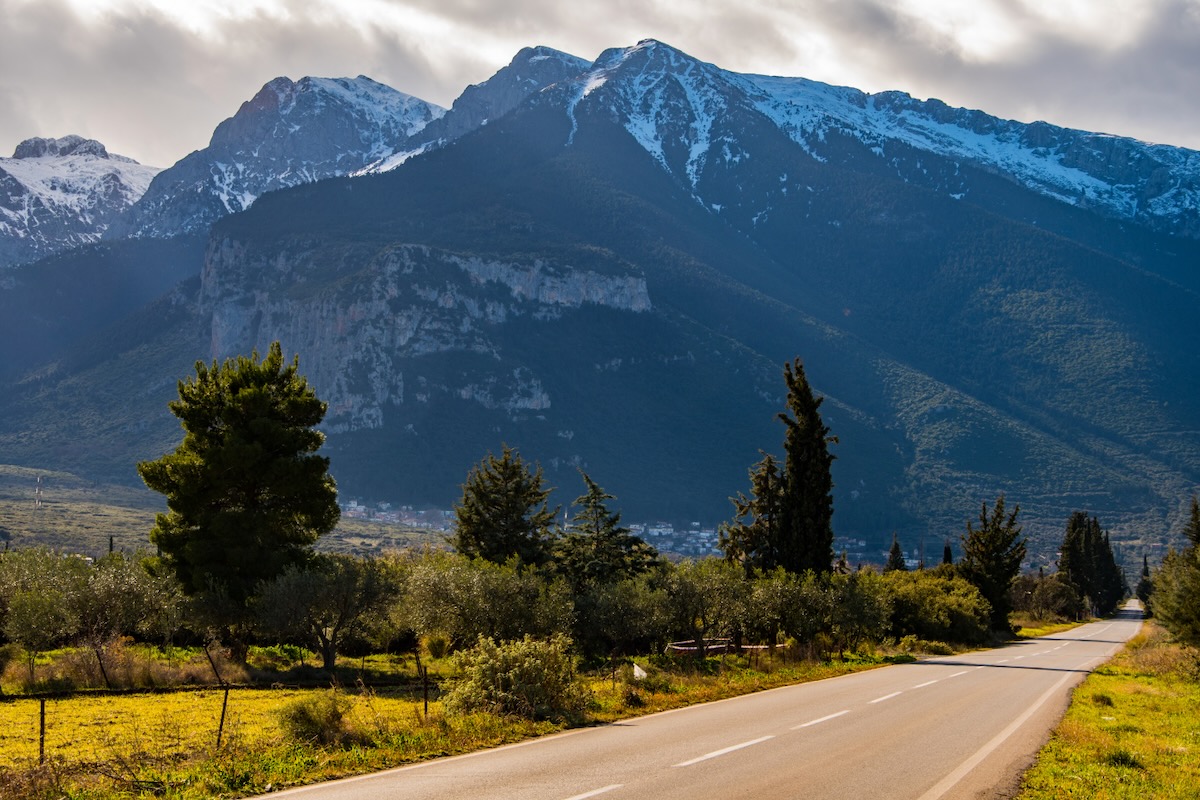
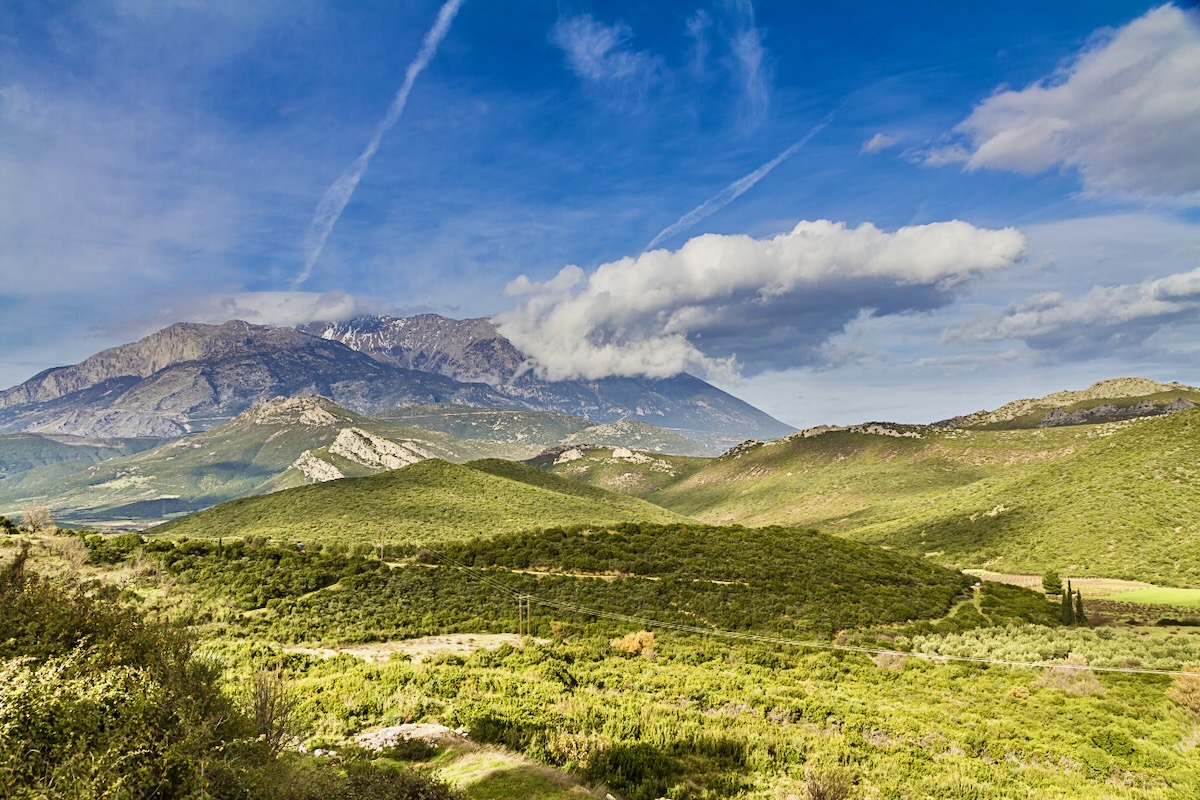

From here, the rest is a matter of choosing how close you want to be to that energy — in the thick of the villages or slightly withdrawn in Livadi and the surrounding hamlets — and how often you intend to step outside your room. Fireplaces, views, small hotels, mountain houses, short hikes, slow drives: the specifics follow.
Arachova
Arachova is Parnassos’s main stage: a vertical village where the mountain and the scene meet on a single, bending strip of asphalt. The main road is a continuous storefront — cafés with fogged‑up windows, tavernas, small delis stacked with formaela cheese and local meats, clothing and jewelry boutiques, and, in winter, entire windows devoted to ski gear. The central square isn’t a piazza in the classical sense so much as an expansion of this strip; tables spill out year‑round, so you can sit and watch the traffic of people in quilted jackets and boots drift past.
The village is best understood on foot, and mostly uphill. From the square, everything rises: stepped alleys, stone staircases, balconies crowded together above you. The most familiar climb is the one to Agios Georgios, the main church, via a staircase that seems to multiply as you go. It’s a short, breath‑stealing ascent, repaid at the top with an open courtyard and a view that explains why the village ended up here in the first place.
Arachova isn’t only its busy spine. Behind the storefronts, narrow lanes twist into quieter neighborhoods, where old doorways and sudden viewpoints make easy, unforced backdrops for photos. And if you want a walk that feels less like a climb and more like a slow reveal, there’s a gentler route that begins at the lower parking area and curves toward the Clock Tower – the village’s stone landmark, rebuilt in the late nineteenth century – jutting out over the drop, holding the mountain and the valley in the same frame.
We’ve put together a complete Arachova guide for you here.
Accommodation Options
01
Aegli Arachova Resort & Spa
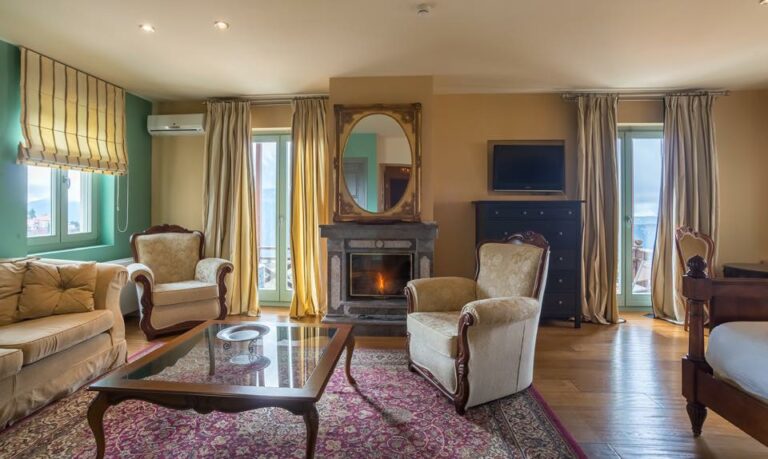
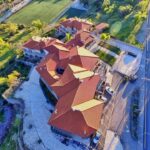
A luxe ski-mountain retreat perched just outside central Arachova, with a cozy fireplace lounge, spa facilities including an indoor heated pool and sauna, and balconies from many rooms that frame sweeping views of the slopes. Ideal if you want comfort and mountain-style elegance after a cold walk or an adventurous trail.
5km on the Provincial road Arachovas-Eptalofou
02
Santa Marina Arachova Resort & Spa
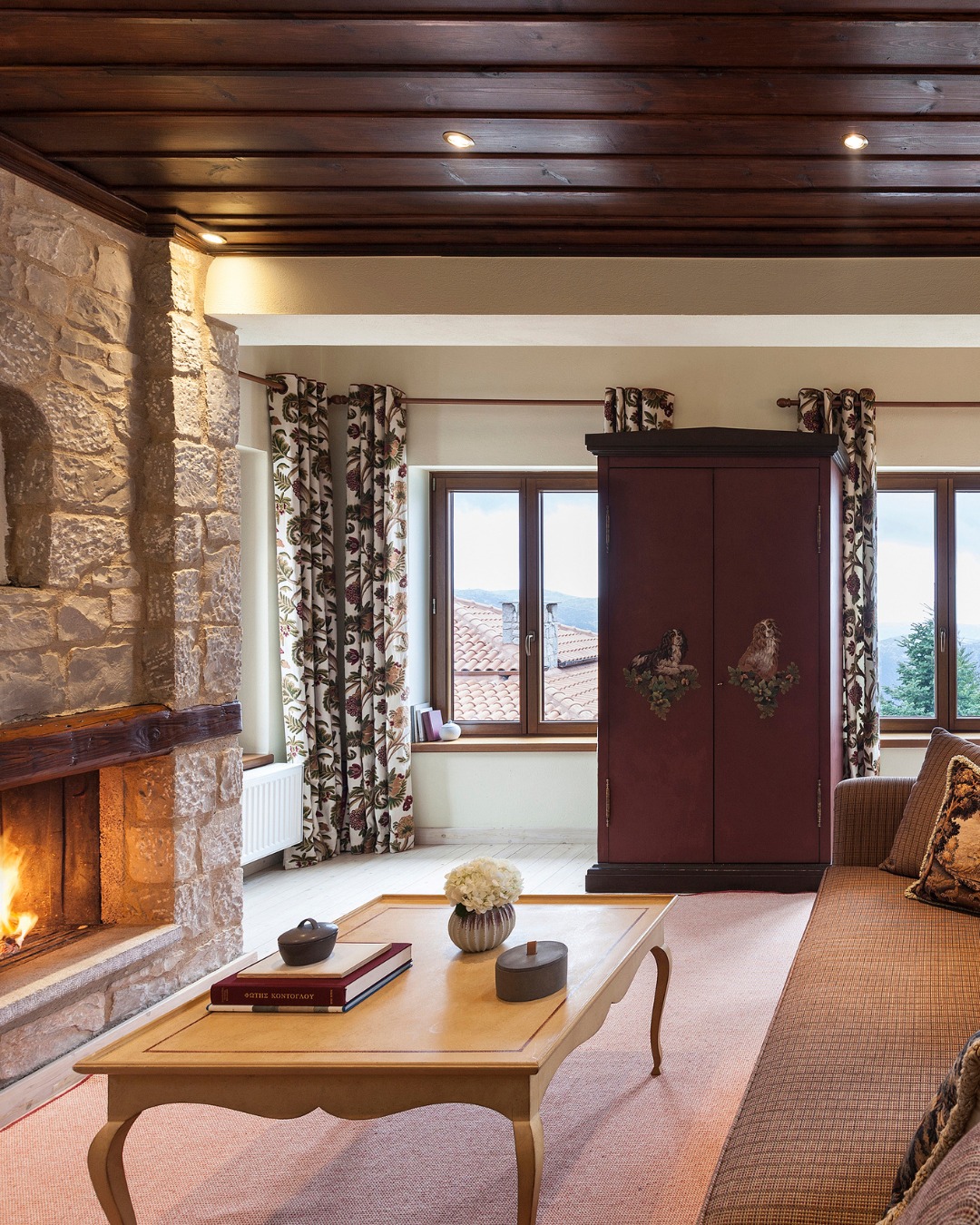
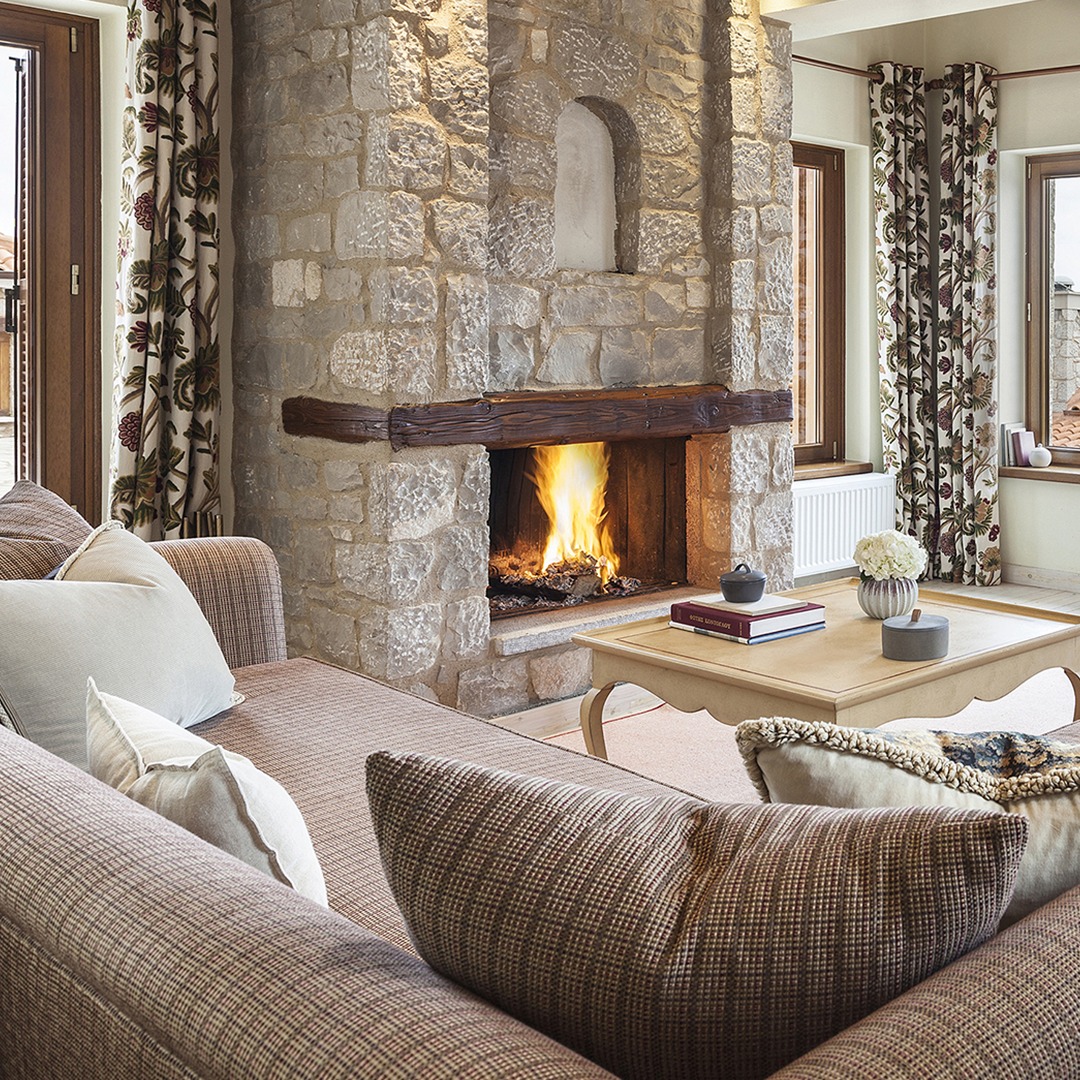

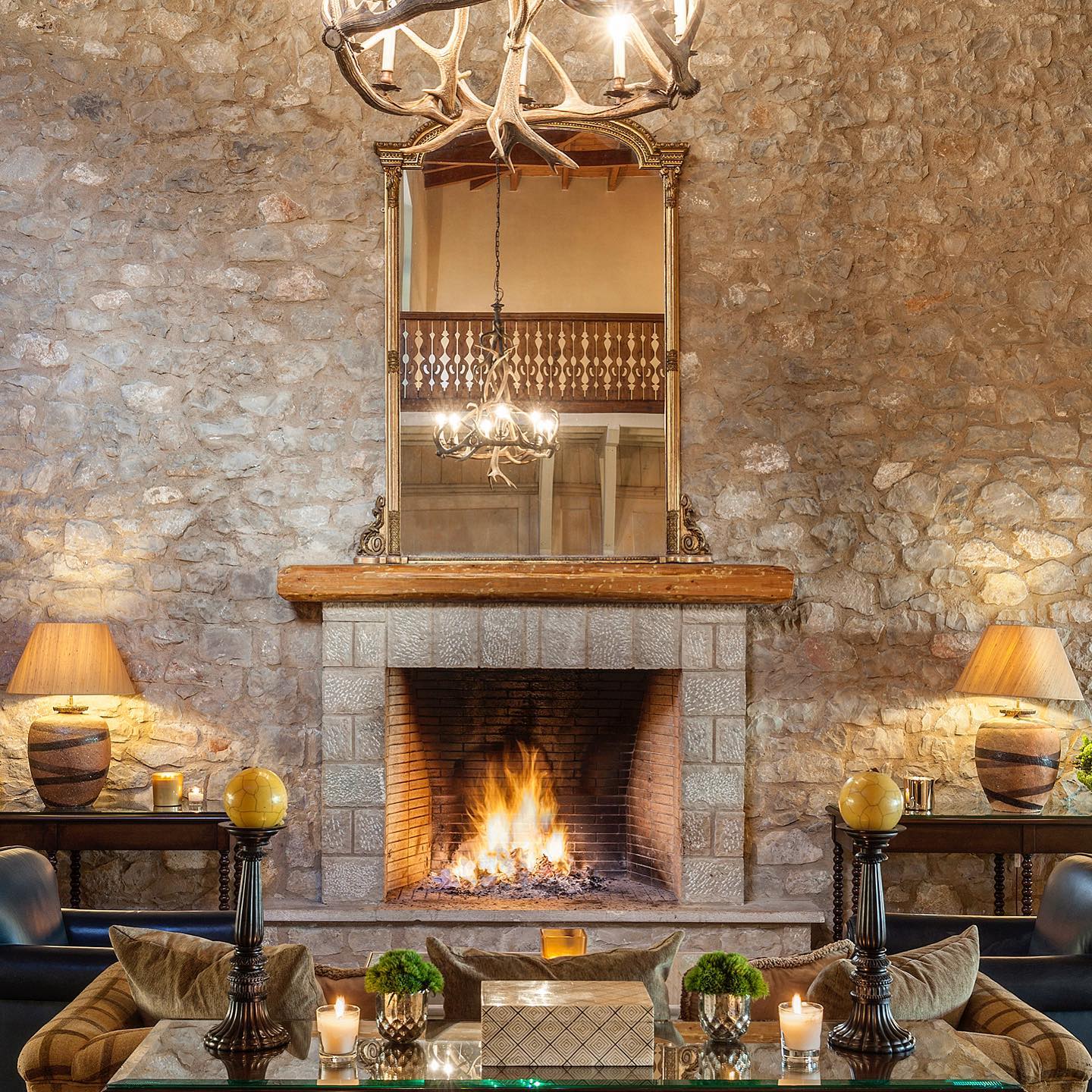
A stone-built resort up on a gentle hill, offering spacious common areas, large windows with valley views, and a refined, peaceful ambience – perfect for couples seeking a romantic, calm escape that still stays close enough to the village buzz.
Kanalaki, Arachova
03
Boutique Hotel Skamnos Arachova
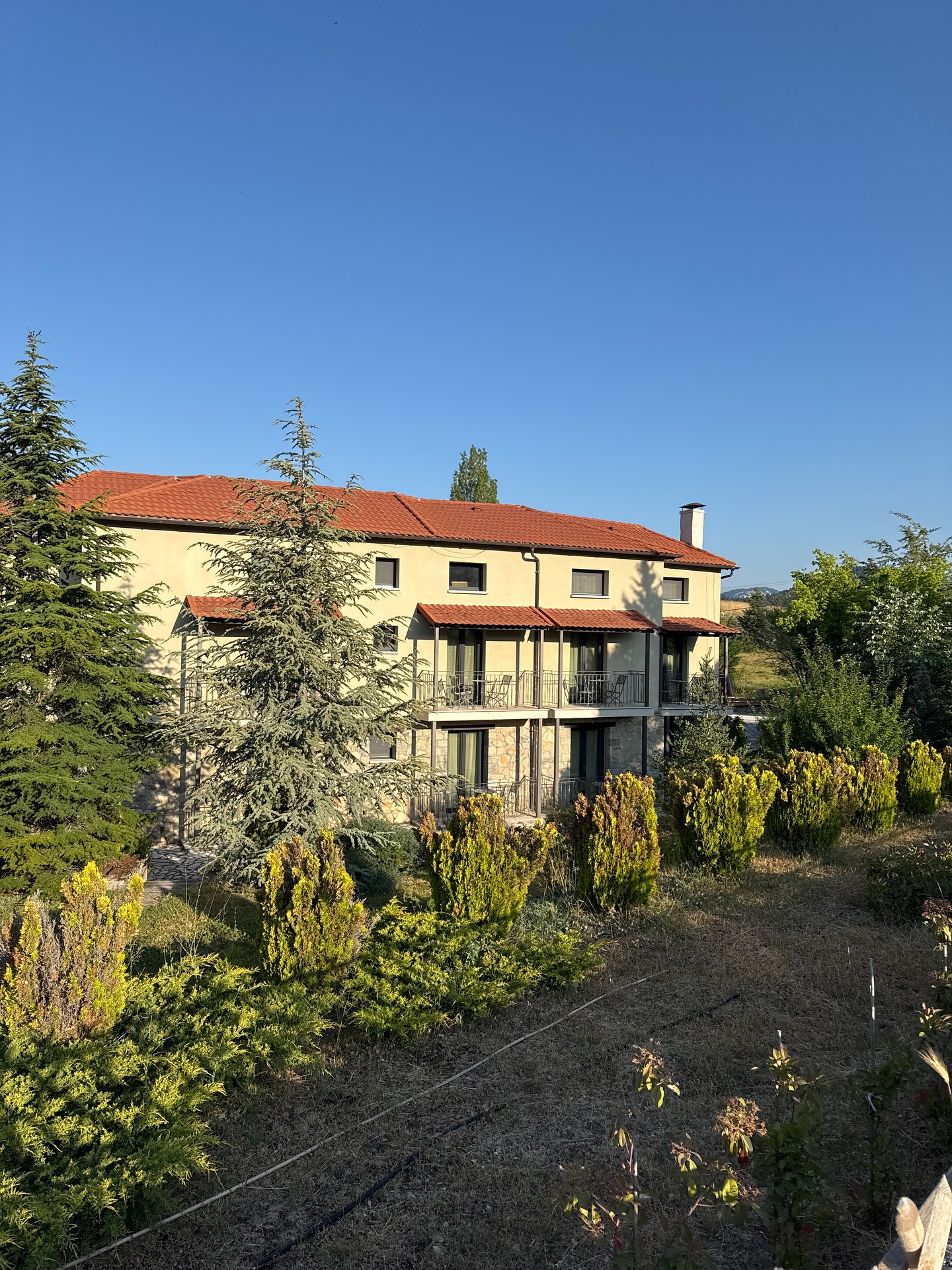
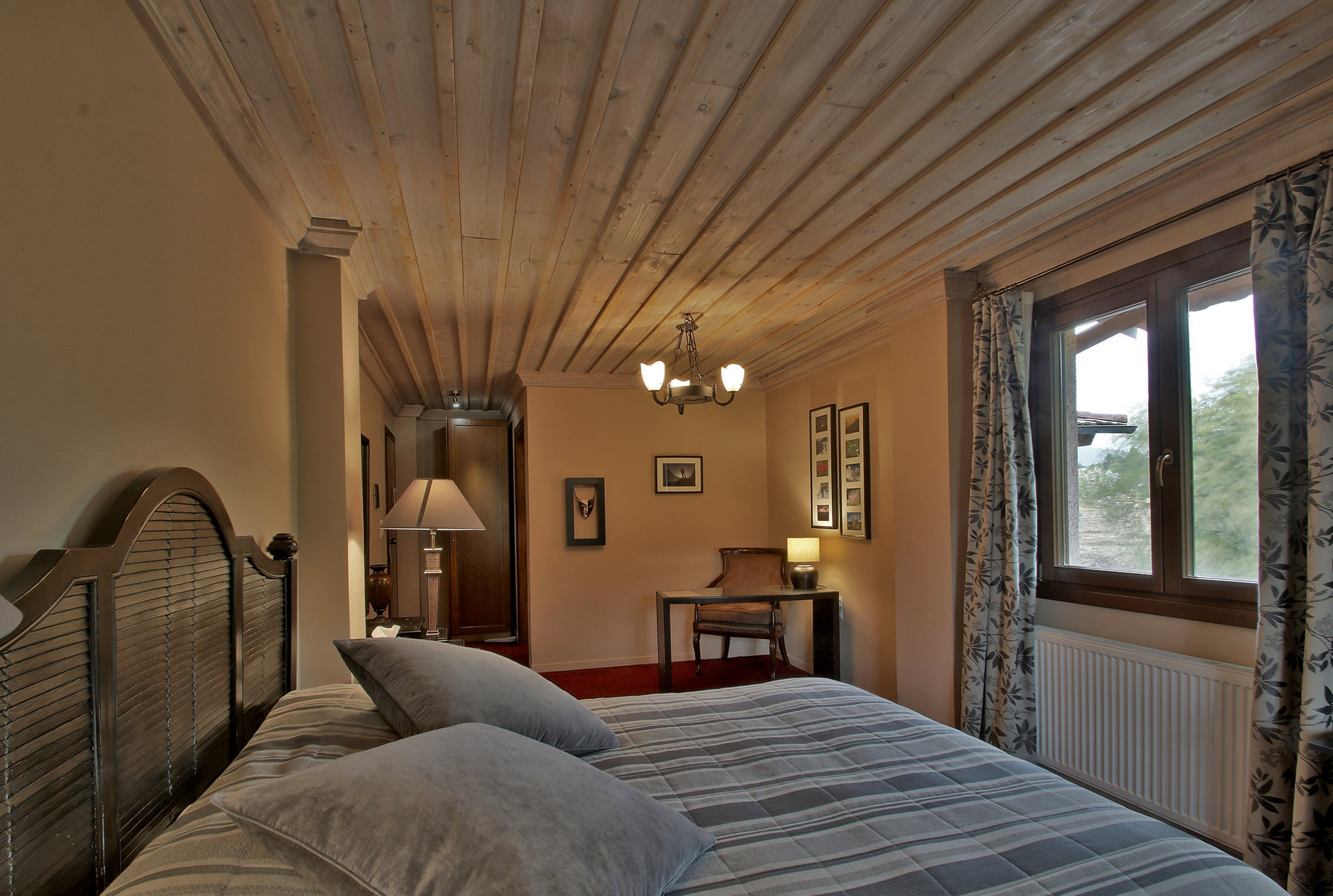
Set away from the center near forested slopes, this hotel blends boutique sensibility with quiet surroundings — a good fit if you value calm and intimacy but still want easy access to the village amenities.
Located in the outskirts of Arachova village
For more options, explore our Arachova hotels guide here.
Agoriani
Agoriani, also known as Eptalofos, is the counterpoint to Arachova’s main stage – a village that trades spectacle for immersion. It sits tucked under a dense fir forest, the trees starting almost where the rooftops end, so that the whole place feels half‑folded into the mountain. The architecture is looser, less strictly stone‑built, but the setting does the work: mist moving through the branches, chimneys going from cold to lit over the course of the afternoon, the sense that the forest is the real landmark here.
Quieter and more frankly “village” than Arachova, Agoriani is built for the kind of weekend where very little happens on schedule. The main square gathers everything into one compact scene – cafés under plane trees, tavernas centered on grilled meats and hearty plates – and your days stretch easily between tables and short walks. Above it, a small waterfall provides the village’s one obvious sight; a brief path slips behind the houses and delivers you to the sound of water and the cool of the trees.
Beyond that, Agoriani opens gradually. Narrow streets weave up and out, and, if you feel like moving more than a few minutes from the square, paths and lanes fan toward chapels, springs, and clearings at the forest’s edge. None of it is dramatic in scale, and that’s the appeal: you can leave your cabin or guesthouse, disappear into the green for an hour or two, and be back at the square in time for the next round of coffee.
Accommodation Options
01
Archontiko Parnassus Dadi



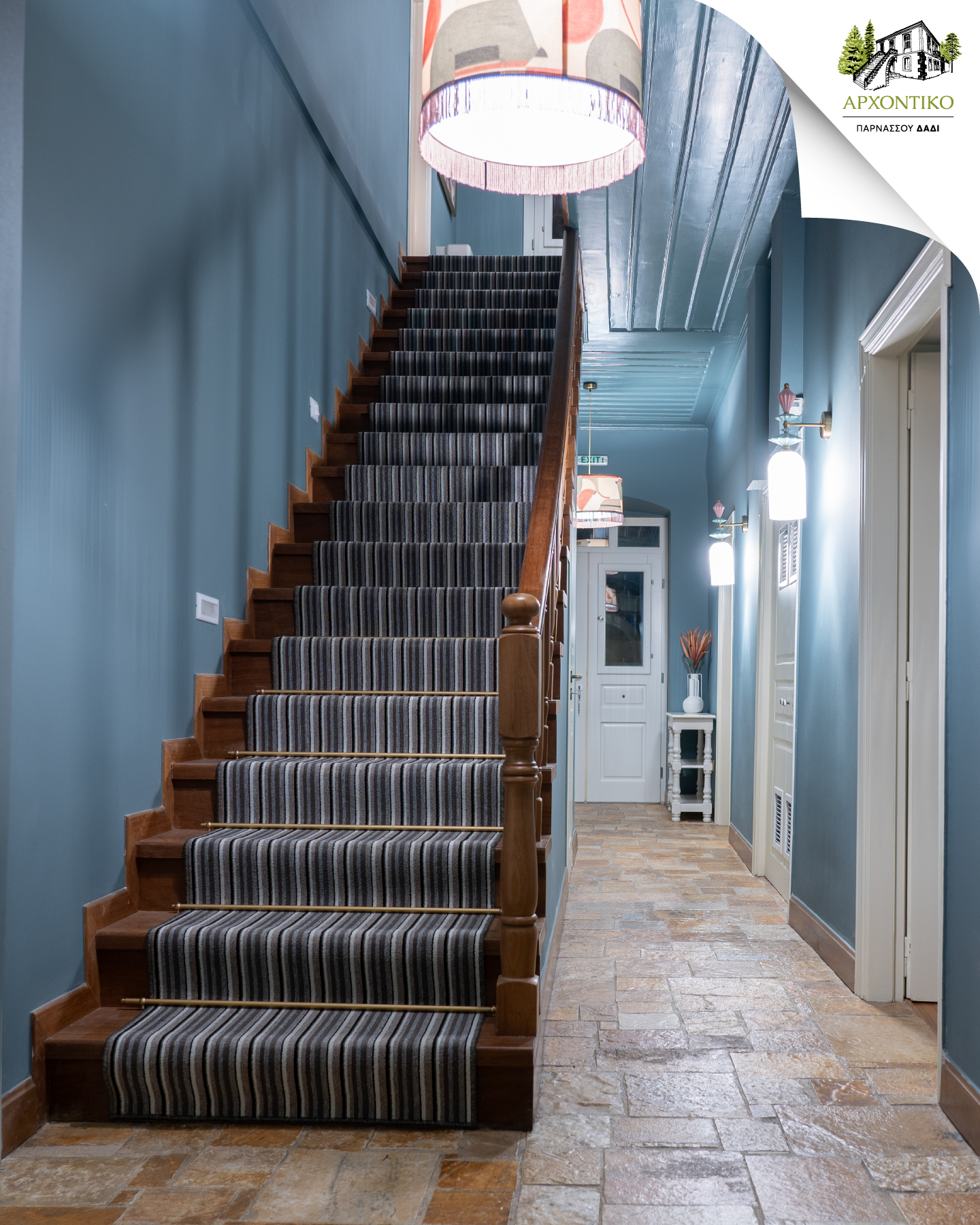
A restored guesthouse-mansion nestled in the forested hills above Agoriani, offering traditional architectural charm, quiet surroundings, and a peaceful base for exploring nearby nature. It works especially well if you’re after a restful, slow-paced stay immersed in pine-scented air rather than nightlife.
Filias 41
02
To Balconi tis Agorianis
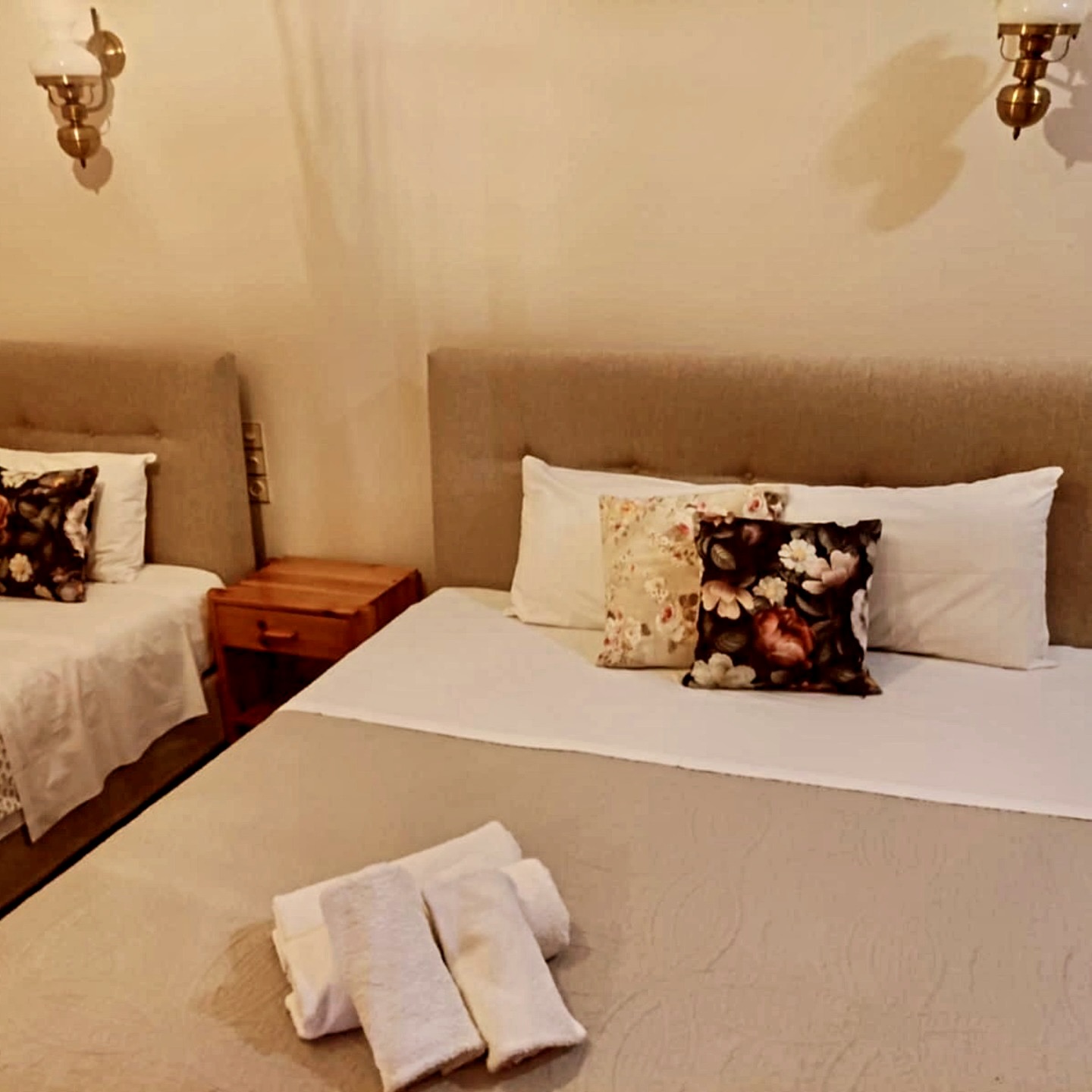

A modest, down-to-earth lodging offering proximity to the village square and genuine village-life vibes. Guests often highlight its friendly atmosphere and simplicity — ideal if you want authenticity over luxury.
Village centre of Agoriani
03
Asimina Guesthouse
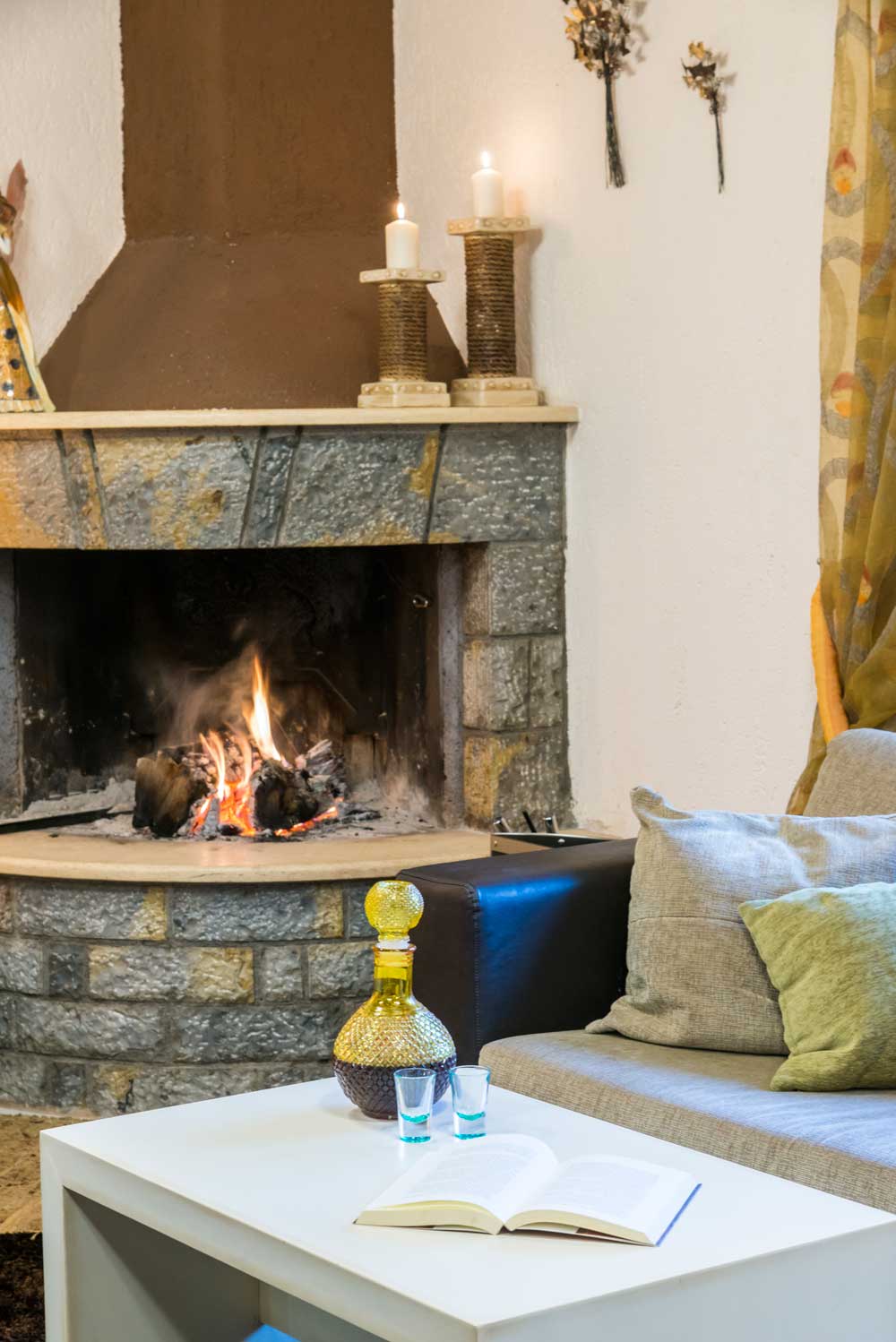
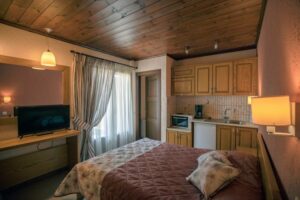
A welcoming guesthouse set in the Parnassos area — simple, clean, and unpretentious. Xenonas Asimina offers a quiet and relaxed stay, likely with thoughtfully maintained rooms and straightforward hospitality. Its location makes it a convenient base for exploring nearby villages, mountain trails or the slopes of Parnassos without resorting to a full-scale resort experience.
Eptalofos
Amfiklea
Amfikleia is the northern, unhurried side of Parnassos — more open than the other two villages, laid out across a broad, gentle slope that immediately makes everything feel easier: the driving, the parking, the wandering. Officially listed as a traditional settlement, it wears its history in layers of architecture: elegant neoclassical houses with high ceilings and shutters, older stone mansions with deep eaves, stone fountains set into corners you almost miss until you’re next to them.
Life gathers in the main lower square, a wide, level pause in the village where most of the cafés and tavernas face one another across the paving. This is where you arrive, exhale, and quietly recalibrate your expectations of a mountain weekend — less about being seen, more about watching the slow rhythm of a place that still feels lived‑in year‑round. On one side of the square, the Bread and Professions Museum, inside the Amfikleia Cultural Center, adds an unexpectedly rich interior stop: an archive of everyday tools and objects, and a compact, almost tactile history of bread‑making from antiquity to now, that underlines what the village has always been good at producing — not scenes, but substance.
Accommodation Options
01
Kyriaki Guesthouse & Suites

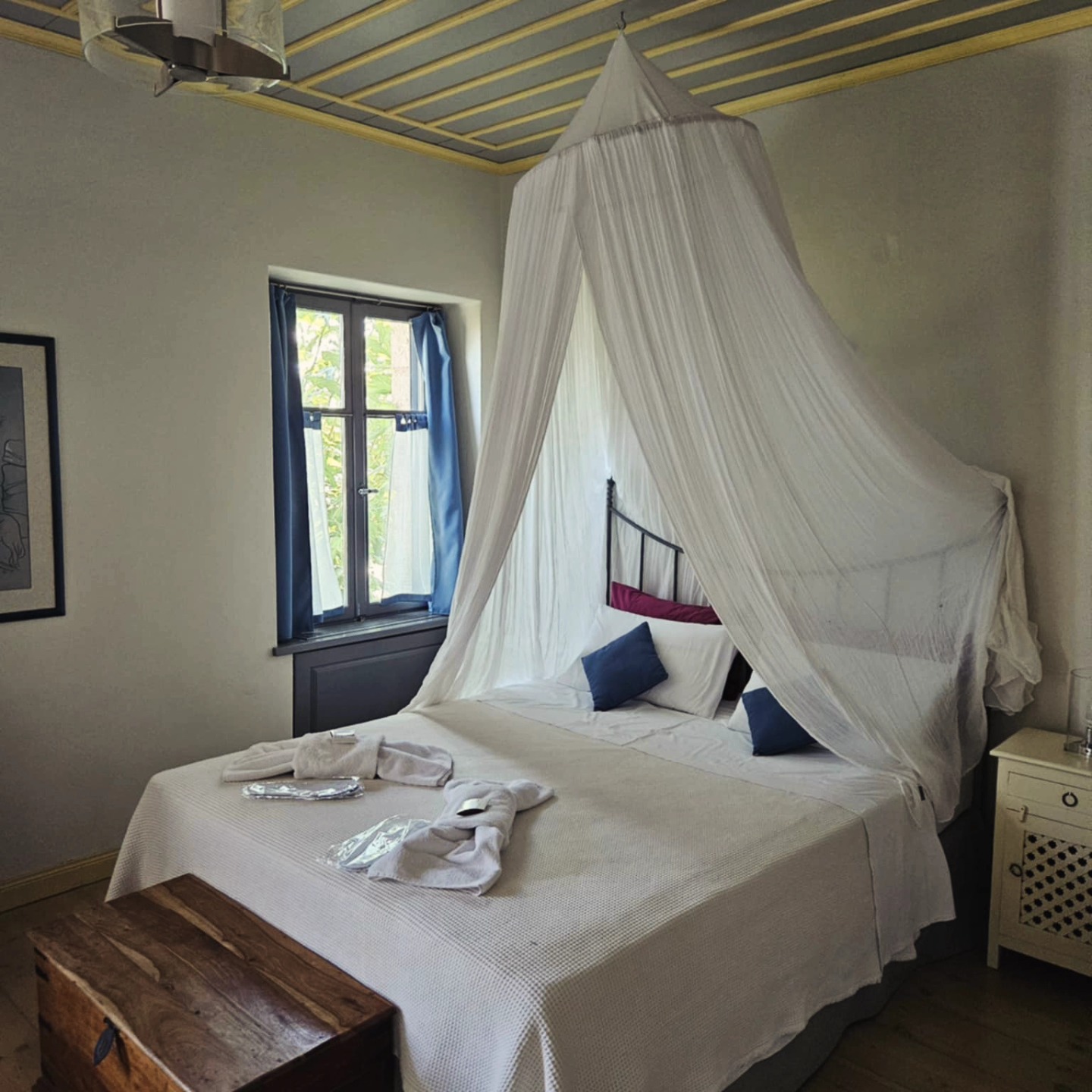
A guesthouse-style lodging perched above the village valley, offering scenic views, a small-scale resort feel, and a peaceful retreat after walks or local explorations — combining modest comfort with calm surroundings.
Amfikleia
Hikes & Drives
If you don’t intend to spend the entire weekend in front of a fireplace with a mug and a novel (a legitimate strategy here), Parnassos rewards even the smallest act of effort with disproportionate payoff. Walks start as casually as an amble after lunch and end with you alone above a valley, or in a clearing where the only sound is water and the occasional bell.
From the Arachova side, the road slips quickly into fir forest as it climbs toward the Parnassos Ski Center. Even if you never touch a lift pass, these are some of the most satisfying short drives in the area: tight curves, sudden openings in the trees, the mountain revealing itself in glimpses. Along the way, there are pauses worth planning for. At Varkó, a break in the roadside pines becomes the start of a quiet walk through the woods to Agios Nikolaos, a small chapel clearing that feels deliberately removed from the main routes. In the opposite direction, toward Polydroso, the mountain softens; the road eventually delivers you to the plane‑tree shade of the Boeotian Kifisos springs, where cold water, mossed stones, and the fifth‑century ruins of the early Christian church of Theotokos Eleousa (Panagia Mavromandilo) give the stop an almost archaeological calm.
Amfikleia’s walks are less about altitude and more about layering the village’s history onto its landscape. A path climbs past the cemetery to the Ancient Acropolis of Amfikleia, where low remains and scattered stones mark out the outline of the old settlement and shift your perspective on the everyday streets below. From there, you can loop back and continue toward the entrance of the Keramidi Gorge, where the small chapel of Agia Ierousalim – a tiny eleventh‑century church pressed close to the rock – waits at the threshold of the ravine. It’s a route that moves you from lived‑in neighborhoods to almost hidden corners in the space of an hour.
For a broader view of the valley that explains the village’s siting in a single glance, follow the road that winds up behind Amfikleia to the Monastery of Dadiou (Gavriotissis), an eighteenth‑century complex anchored on the slope. The drive is short, the switchbacks measured, and the reward is a balcony‑like panorama over the Kifisos plain and the foothills beyond — the kind of outlook that makes the return to your guesthouse, and to the smaller scale of the squares and fireplaces, feel like a considered choice rather than a retreat.







